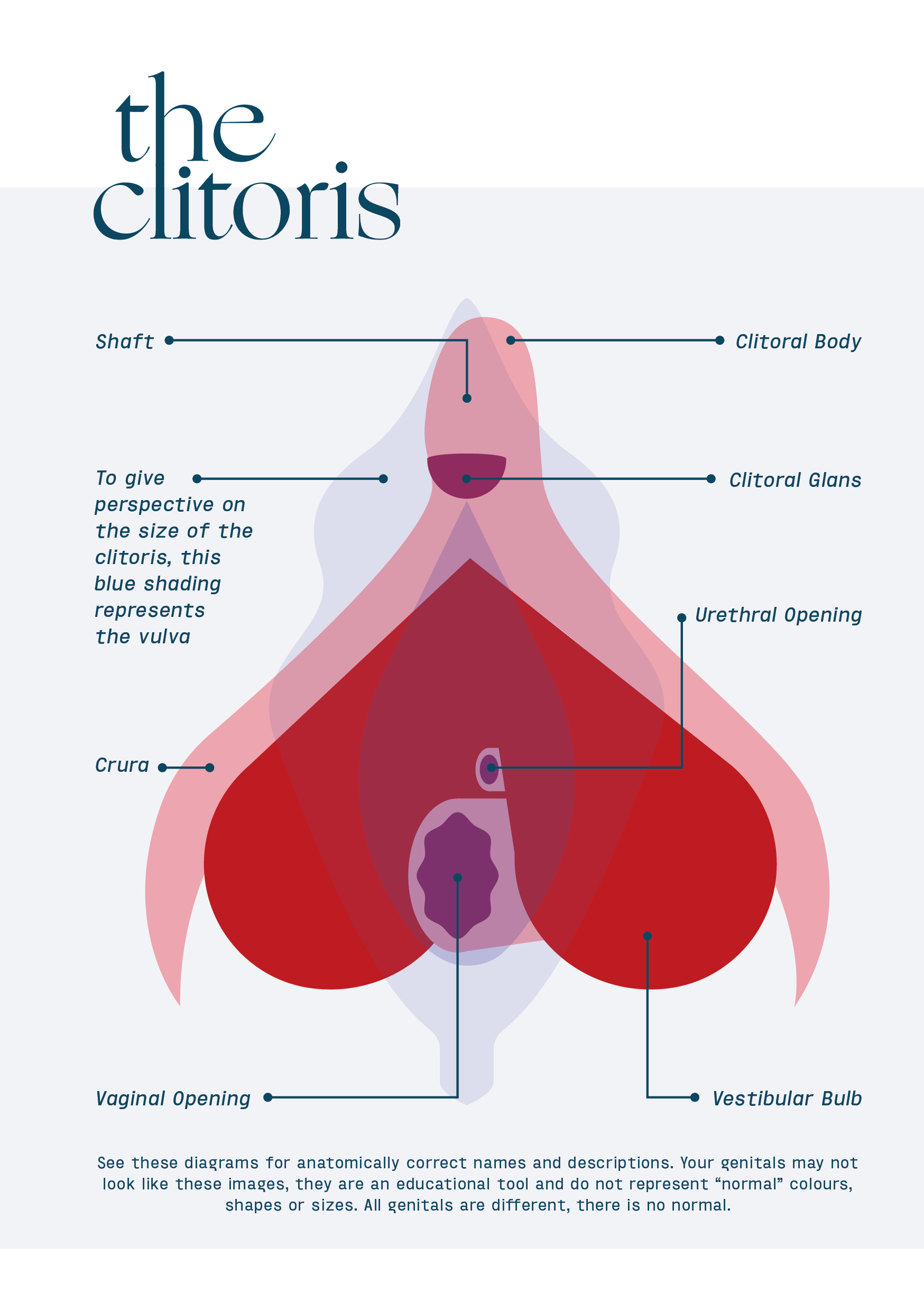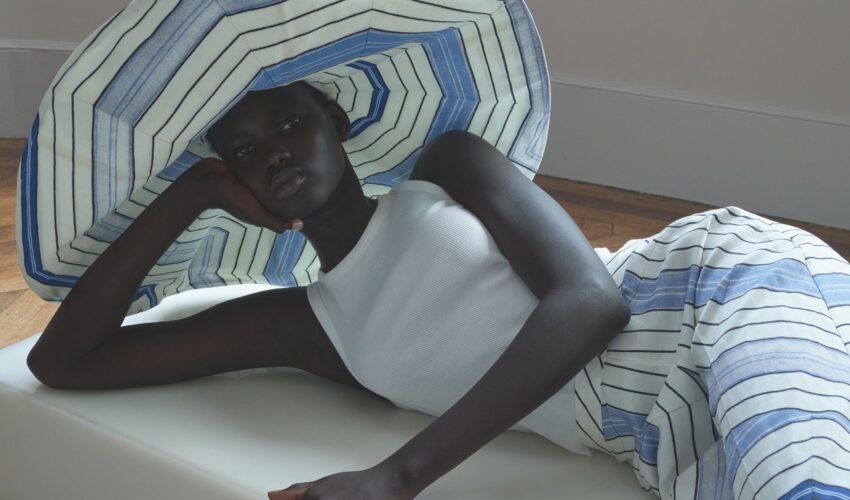Self

Your Vagina: 101 To Orgasms
Vulva vs Vagina, do you know the difference?
How well do you know your female anatomy? Do you know the difference between your Vulva and your Vagina? What about your internal clitoris, how much do you know about that… Not so sure? Neither.
My ignorance made me further question the knowledge I have of the female anatomy and I needed answers.
If we’re not even sure about our bits, how could we possibly understand the female orgasm? How many different ways we can we orgasm? How many women are unsure of how to climax?
My investigation leads me to Georgia Grace, a sex educator and intimacy coach behind the book, Pleasure Journal and Instagram page @gspot._, read on for the beginning of a newfound relationship with your vagina vulva.

Our Vulva’s are often mistakenly called the Vagina. The Vulva is our external organ that you see when you look in the mirror, this includes our labia, urethral opening, clitoris and mons pubis (pad of fatty tissue that covers the pubic bone). The Vagina is the muscular canal that connects the uterus to the vulva and where penetration occurs.
At the end of your vagina is your cervix which opens up into your uterus, fallopian tubes and ovaries.

Image Credit: The Pleasure Journal by Georgia Grace
We have an internal clitoris which is a relatively recent finding that most women aren’t aware of.
What do we need to know about this?
The clitoris is much larger than we’re led to believe. Experts may still be mapping the clitoris in full, but pretty much everyone understands the function, pleasure!
The majority of the clitoris is not usually visible and connected to the glans of the clitoris are the shaft and the body of the clitoris. The clitoral body extends upwards into your pelvis and attaches via ligaments to your pubic bone. From the clitoral body (located in front of the urethra), the clitoris splits in half to form the paired Crura, the “legs” of the clitoris and vestibular bulbs.
The bulbs and Crura contain erectile tissue that swells with blood during sexual arousal. This swelling on either side of the vaginal canal increases lubrication in the vagina, which intensifies pleasure and sensation. The expansion of clitoral tissue can also apply pressure on the G-spot.
On average, cis* heterosexual men climax more than cis heterosexual female.
Why do men seem to always have the better end of the stick? Why are we not climaxing as often as men? Is our anatomy harder to navigate around?
This is where Georgia’s book, Pleasure Journal helps you explore your creative potential of self-pleasure, understanding what makes you tick and your sexual style to experience different types of orgasms. Yes, ladies, there’s more than one type, so if you think you’ve nailed your orgasm, think again.
First things first, we need to start journalling, yup, documenting our practices through words, drawings, or colours that express your experience. I’m already uncomfortable. The whole point of pleasure journalling is to be able to express yourself without the fear of judgement or shame – but before you dive straight down into it, there is a whole lot more to self-pleasure than you think you may already know.
*Cis is a term used to describe people whose gender identity matches the sex that they were assigned at birth.
The Pleasure Journal is an educational book for everyone from beginners to Samantha Jones level which takes you through five stages of self-pleasure.
How do you know when you’ve experienced an orgasm? Does everyone feel the same feeling?
Time and time again people say, you’ll know when you’ve had an orgasm because it feels realllly good.
There are many different types of orgasm: clitoral, vaginal, anal, fantasy, exercise orgasm, breath orgasm, nipple-gasm… this list goes on. Everyone will have unique experiences of orgasm each time they cum.
What are some tools we can use to orgasm? Sex toy recommendations for beginners?
What annoys you the most of all the myths around female pleasure and orgasms?
That penetration alone will be pleasurable enough for women to climax – most women need clitoral stimulation.
According to a 2017 study from the Archives of Sexual Behaviour, a small proportion of women report regularly experiencing an orgasm from intercourse alone, 60% of women experience orgasms from clitoris stimulation vs 30% experiencing orgasm without clitoris stimulation.
- Your body is flooded with feel-good neurochemicals such as oxytocin and dopamine for an hour after orgasm. This can help you not only feel more connected to your body and your partner but people around you – strangers, colleagues, family etc
- Your pain threshold more than doubles
- It can relieve stress and anxiety
- It allows you to learn about your body’s likes and desires
Basically, pleasure is good for you.

Image Credit: Pleasure Journal by Georgia Grace
OKAY ladies, now that we have the facts and recommendations, all you need to do is grab yourself a copy of the Pleasure Journal a Melt by We-Vibe and get straight to studying.
And a parting note from me… I obediently followed the books 7-day self-pleasure experience … let’s just say, I was quite uncomfortable to start but overall found it to be an eye-opening experience.
Read More Self
Read More From En Route

Just In! Be In The Know Fridays
Culture
04/25

How to manifest with Gabby Bernstein
Mindfulness
04/25

Just In! Be In The Know Fridays
Culture
04/25
come En-Route with us
Sign-up for our newsletter.
By clicking "submit", you agree to receive emails from En-Route and accept our privacy and cookie policy.













